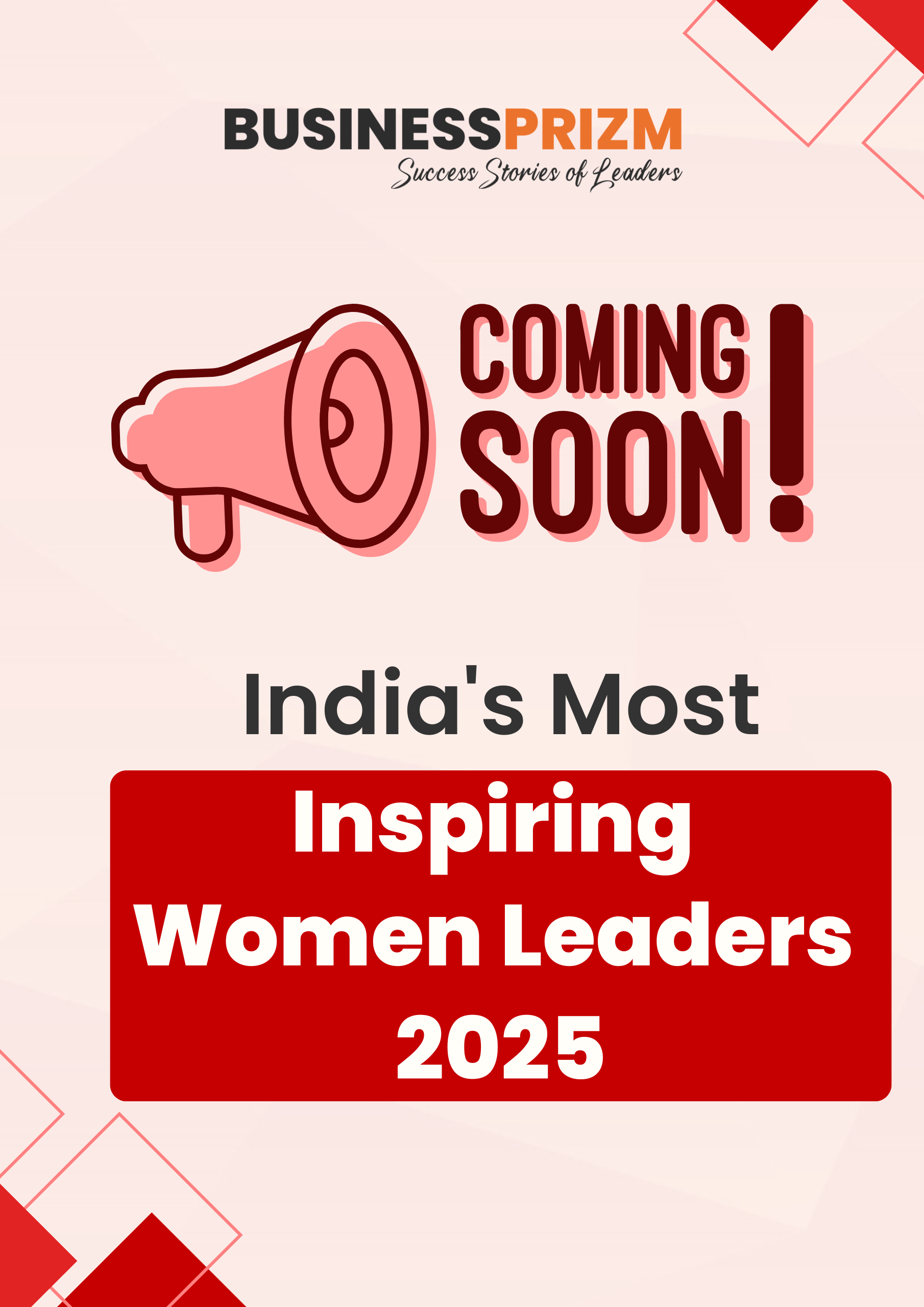Ankur Singh Vice President & Head of Strategy and Business Development at DCM Shriram Ltd., a leading conglomerate with a rich legacy in the chemicals, agri business, and manufacturing sectors. As a strategy leader, Mr. Singh plays a pivotal role in driving strategic growth, overseeing mergers and acquisitions, global expansion, and fostering strategic partnerships. With India’s economy on the brink of major transformation, DCM Shriram Ltd. is seizing new opportunities to align its long-term vision with industry trends, while also navigating the complexities of a rapidly changing global landscape. In this interview, we explore the challenges and strategies behind building a future-ready business, as well as the metrics and collaborative processes that guide the company’s decision-making to ensure sustainable growth and shareholder value.
Could you please share a brief overview of your role as Vice President & Head of Strategy & BD at DCM Shriram Ltd.?
As Vice President and Head of Strategy & Business Development at DCM Shriram Ltd., I am responsible for driving the company’s overall strategic growth initiatives. My role encompasses formulating and executing the growth strategy, identifying, and leading M&A opportunities, managing joint ventures and alliances, and spearheading global expansion efforts. Additionally, I oversee business development and strategic partnerships to ensure sustainable growth and operational excellence across a diverse portfolio .
How do you align the long-term vision with the overall goals of DCM Shriram Ltd.?
At DCM Shriram Ltd., aligning the long-term vision with the company’s overall goals is pivotal, especially in the context of India’s evolving economic landscape. The country is undergoing a significant transformation, presenting boundless opportunities for growth. We are actively steering our strategy to align with both national and industry-wide advancements. Leveraging our decades of experience in manufacturing, coupled with our efficient cost structures and a highly skilled workforce, we have all the essential components to build a future-ready business. By focusing on sustainable growth, innovation, and operational excellence, we ensure that our long-term vision remains aligned with the company’s objectives while staying adaptable to the dynamic market environment and emerging opportunities in India and beyond.
“Leadership is not about a title or a designation. It’s about impact, influence and inspiration. Impact involves getting results, influence is about spreading the passion you have for your work, and you have to inspire team-mates and customers.”
What challenges have you faced in spearheading the strategic growth agenda for the chemicals business, and how have you overcome them?
In spearheading the strategic growth agenda for the chemicals business, several challenges have emerged, including the volatility of the global commodity market, macroeconomic uncertainties, rising operational costs, and increasing competition from China. To navigate these, we have implemented a two-pronged strategy. First, we emphasize cost optimization—being a large-scale manufacturing setup, we continually work on refining our cost structure to enhance margins. Second, we focus on diversifying our product mix and expanding into new markets, which allows us to balance risks associated with commodity fluctuations. By maintaining a flexible approach and leveraging our manufacturing capabilities, we are able to mitigate these external pressures and sustain our competitive edge.
How do you incorporate feedback from your team and stakeholders into your strategic decisions?
Incorporating feedback from my team and stakeholders is integral to the strategic decision-making process, especially when it involves growth strategy and significant investments. Consensus building plays a central role, ensuring that all perspectives are considered. Feedback from key stakeholders serves as valuable input, providing insights into potential risks, opportunities, and operational nuances. By fostering a collaborative approach, we ensure that strategic decisions are well-informed, balanced, and aligned with both organizational goals and stakeholder expectations. This cohesive process enhances buy-in, promotes transparency, and ensures that decisions are not only sound but also executable with the full support of the team.
What metrics do you use to assess the impact of your strategic initiatives on overall business performance?
To assess the impact of strategic initiatives on overall business performance, we use a variety of metrics tailored to the project’s nature and strategic goals. For large capital expenditures, Return on Capital Employed (ROCE) is a key metric, ensuring that investments yield meaningful returns. In portfolio expansions, we focus on increasing market share and enhancing our share of wallet. Additionally, optimizing operational efficiency through metrics like tonnage output per person helps manage fixed costs effectively. Ultimately, all of these metrics are aligned with the overarching goal of creating sustainable value for our shareholders, ensuring that every strategic initiative contributes to long-term business growth and profitability.










